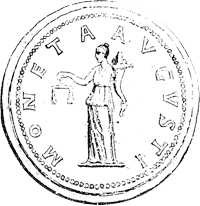Results from 61 to 120 of 1594
Near Mint State
Very Rare Obol
Ex Stacks 1997
Lifetime Issue
Near Mint State
Mint State
Mint State - Artistic Athena
Results from 61 to 120 of 1594






























































